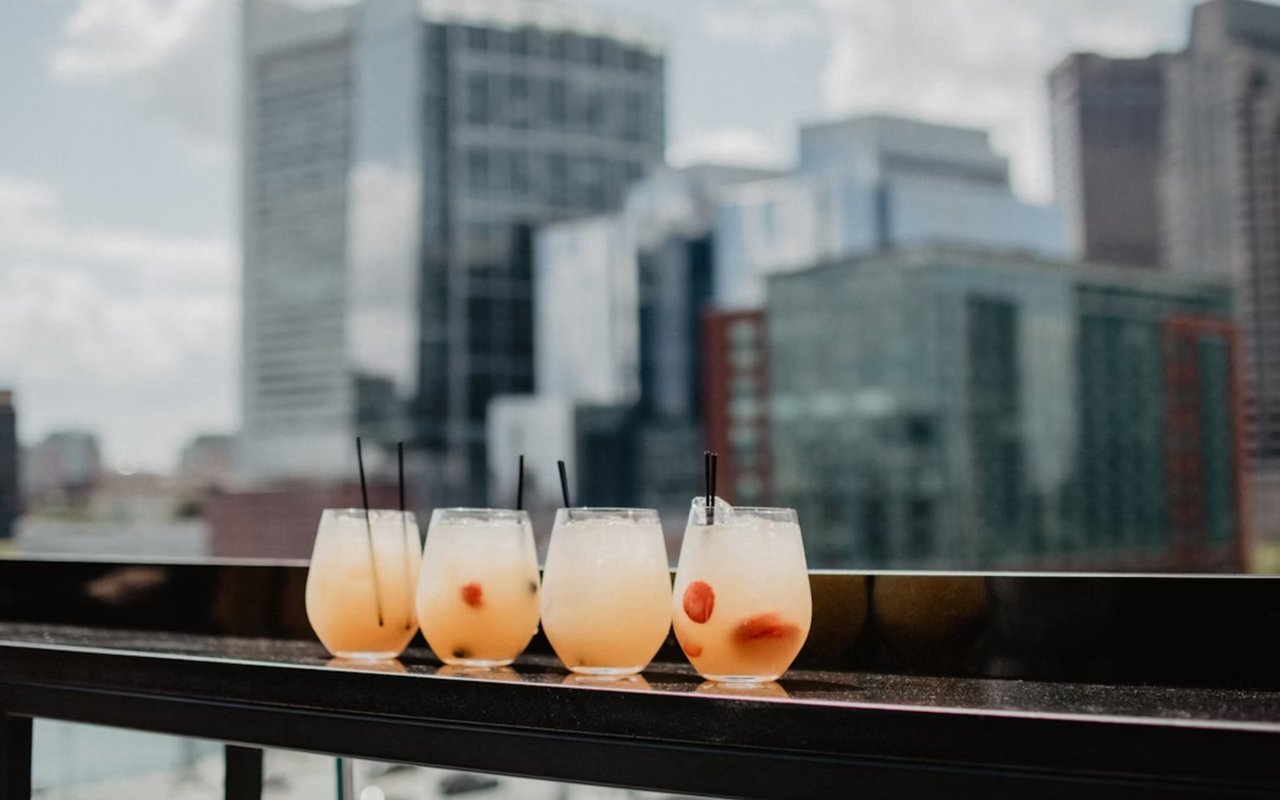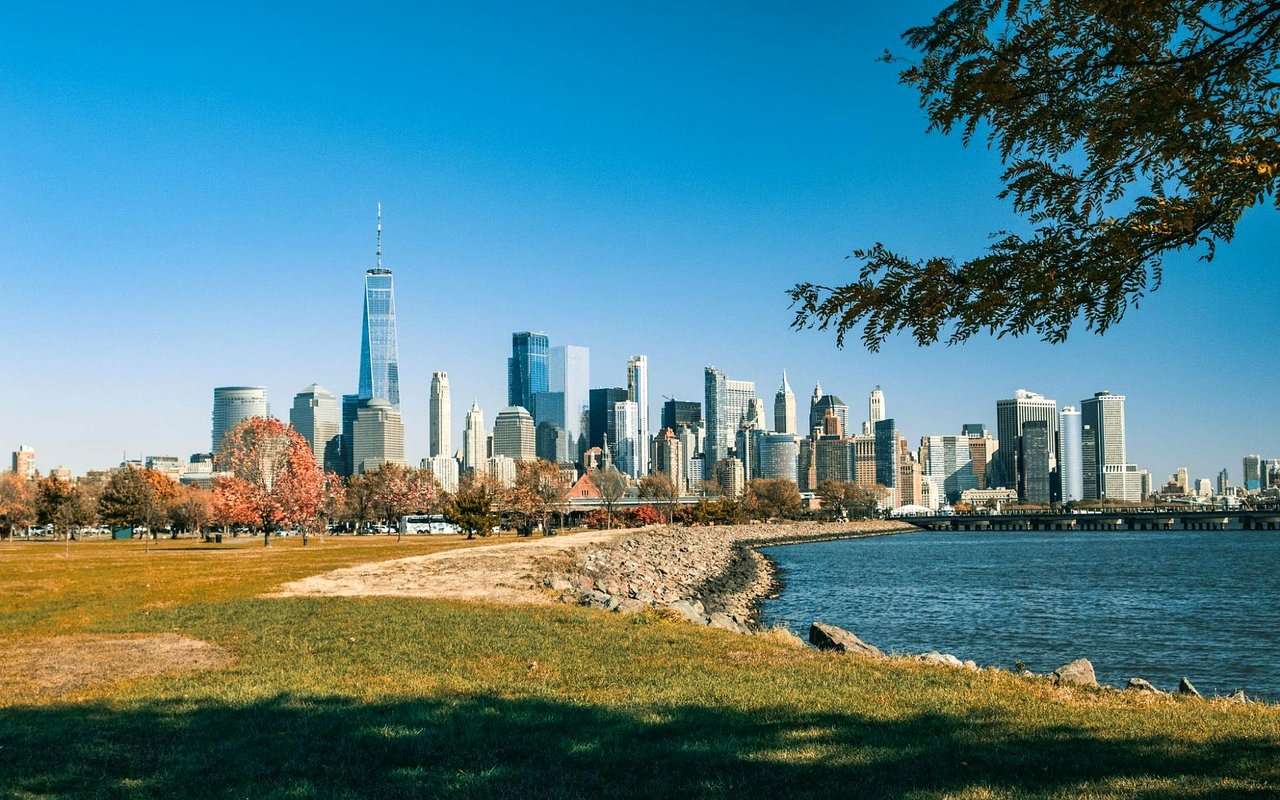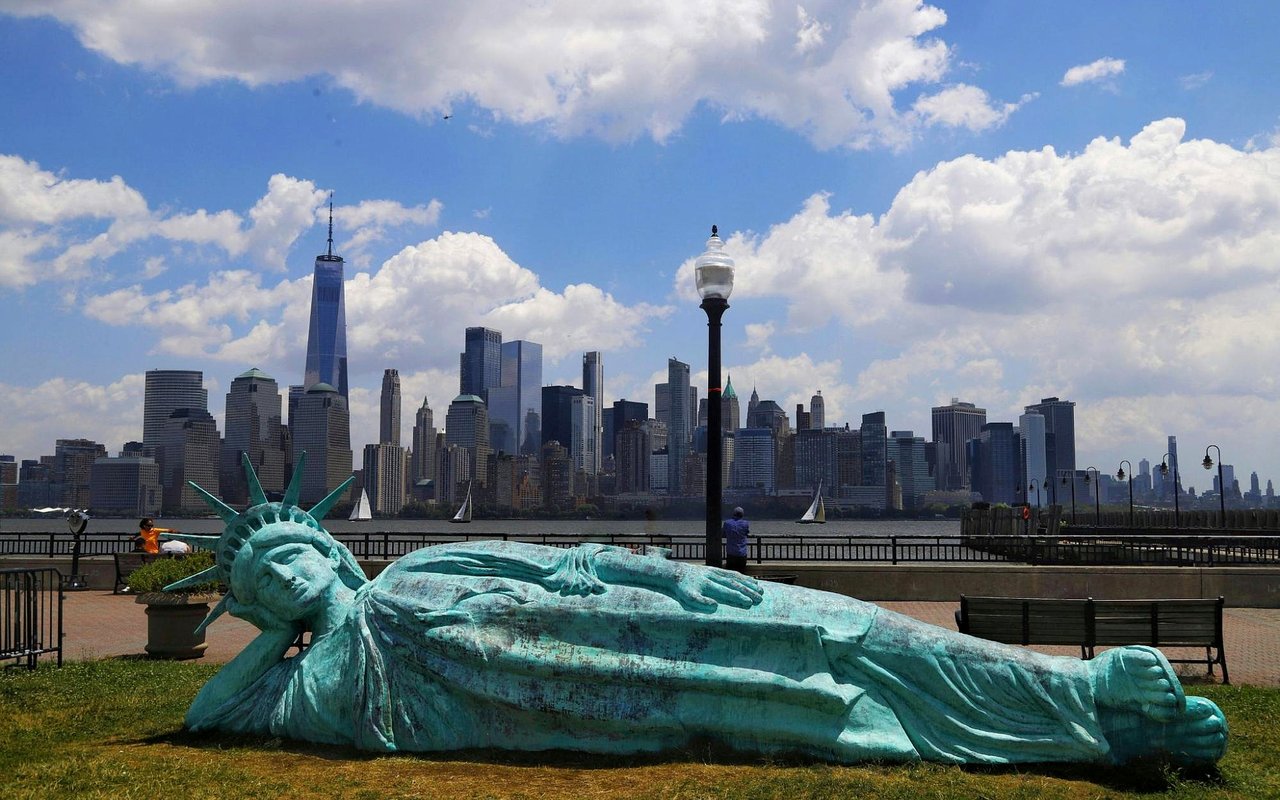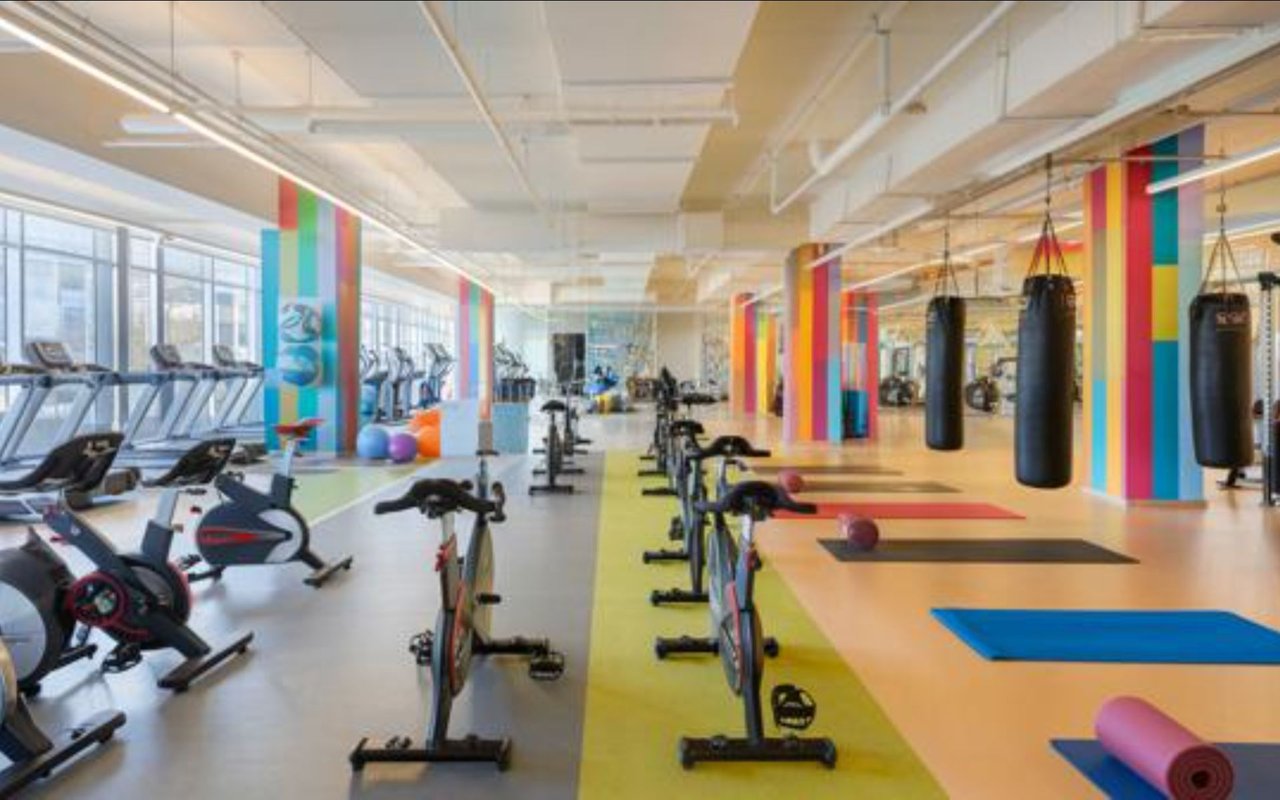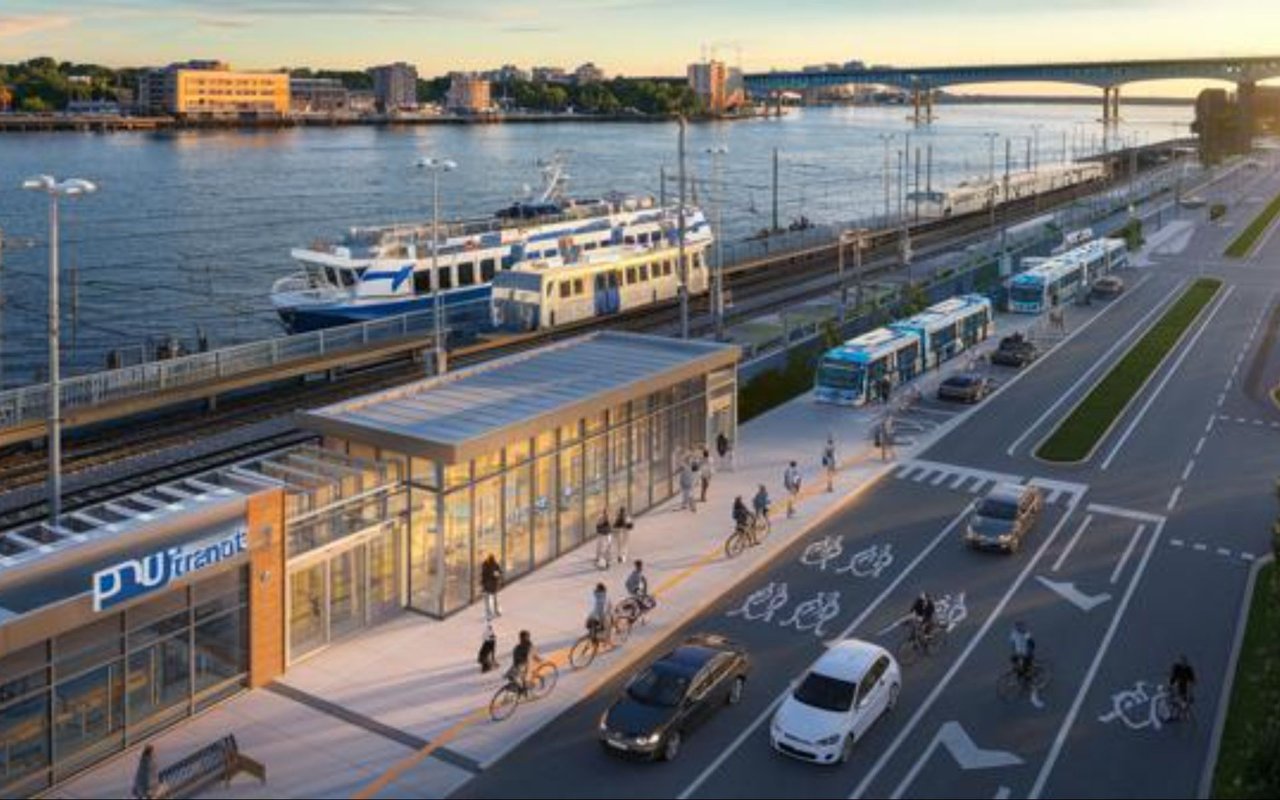The historical narrative of Jersey City, N.J., is deeply interwoven with the fabric of American development and immigration. Situated directly across the Hudson River from Manhattan, the city has witnessed pivotal moments, evolved from a colonial settlement to a central industrial and transportation hub, and now stands as a vibrant urban center. From its Dutch origins as Pavonia to its role as a gateway for millions of immigrants, the city's landmarks encapsulate various eras of growth and transformation.
These structures' architectural diversity and historical significance reflect Jersey City's complex evolution. The landmarks in Jersey City NJ serve as tangible reminders of its storied past, each telling a unique part of the city's journey.
Central Railroad of New Jersey Terminal
The
Central Railroad of New Jersey Terminal (CRRNJ Terminal), located within Liberty State Park, is a monumental piece of Jersey City's and the nation's history. Constructed in 1889, this grand terminal served as a crucial entry point to America for millions of immigrants arriving by ship at Ellis Island. It was a bustling hub where individuals took their first steps onto American soil before embarking on train journeys across the country.
The terminal's architectural design, a striking example of late 19th-century transportation architecture, features a distinctive red brick structure, a soaring clock tower, and a magnificent waiting room. Although it ceased operations in 1967, the CRRNJ Terminal has been meticulously preserved as a historic site. It now offers exhibits on immigration and transportation alongside unparalleled views of the Statue of Liberty and Ellis Island.
Ellis Island and the Statue of Liberty
While often associated with New York,
Ellis Island and the Statue of Liberty are geographically and historically integral to Jersey City's identity. Ellis Island served as the nation's primary federal immigration station from 1892 to 1954, processing over 12 million immigrants. For many, it was the first piece of America they encountered.
The Statue of Liberty, a gift from France, dedicated in 1886, is a universal symbol of freedom and democracy. Its proximity to the Jersey City shoreline, just a third of a mile away, underscores Jersey City's pivotal role in welcoming newcomers to the United States. Ferries to both iconic sites depart directly from Liberty State Park, making them easily accessible landmarks in Jersey City NJ.
Paulus Hook Historic District
The neighborhood of
Paulus Hook holds deep historical roots, particularly stemming from its role during the American Revolutionary War. Originally a strategic "island" due to surrounding marshlands, its location less than a mile across the Hudson River from Manhattan made it a significant military outpost.
On August 19, 1779, American troops led by Major Henry "Light-Horse Harry" Lee conducted a daring nighttime attack on the British-held fort at Paulus Hook. Though the British retained control until the war ended, the raid boosted morale for the American forces. Today, the Paulus Hook Historic District features well-preserved 19th-century brownstones and row houses, reflecting a later period of the area's development while preserving the memory of its wartime past.
Van Vorst Park Historic District
The
Van Vorst Park Historic District showcases a different facet of Jersey City's historical development: its embrace of planned urban green spaces and elegant residential architecture. Established in the mid-19th century, Van Vorst Park is the centerpiece, surrounded by beautiful Victorian-era homes. The district reflects a period of significant growth and prosperity in the city.
The architectural styles found within this district include Greek Revival, Italianate, and Second Empire, characterized by intricate detailing, ornate facades, and a sense of grandeur. The preservation efforts in this area maintain its historic charm, offering a glimpse into the lifestyle of Jersey City's burgeoning middle and upper classes during the 19th century.
Loew's Jersey Theatre
Loew's Jersey Theatre, located in Journal Square, is a magnificent example of a movie palace from the golden age of cinema. Constructed in 1929, this Baroque-style theater was once hailed as the "most lavish temple of entertainment in New Jersey." Visitors are captivated by its opulent design and grand scale.
After decades of decline, the theater has undergone significant restoration efforts by a dedicated preservation group. Today, it is a vibrant cultural venue, hosting classic film screenings, live performances, and community events. Its survival and revitalization are a testament to Jersey City's commitment to preserving its cultural heritage and providing a majestic setting for artistic expression.
The Hudson and Manhattan Railroad Powerhouse
The
Hudson and Manhattan Railroad Powerhouse, built between 1906 and 1908, is a striking Romanesque Revival structure symbolizing Jersey City's pivotal role in the early 20th-century transportation revolution. This massive brick edifice originally generated the electricity that powered the first subway line connecting New Jersey and New York City.
The Powerhouse is a testament to Jersey City's industrial might and strategic importance as a nexus for regional transit. Although it ceased its original function, extensive preservation efforts have protected it from demolition, with plans for future revitalization. Its impressive architecture and historical significance make it a prominent feature of the city's industrial past and a recognized landmark.
The Colgate Clock
The
Colgate Clock is one of the world's largest clocks and an unmistakable symbol of Jersey City's industrial heritage along the Hudson River waterfront. Erected in 1924, this colossal timepiece was an iconic advertisement for the Colgate-Palmolive Company, whose former factory stood nearby.
Positioned to be visible across the river in Manhattan, the Colgate Clock has been keeping time for nearly a century, marking the passage of hours against the backdrop of the changing cityscape. Its enduring presence serves as a reminder of Jersey City's manufacturing legacy and its historical ties to major American industries.
The Barrow Mansion
The Barrow Mansion, a beautifully preserved Greek Revival-style house located in downtown Jersey City at 83 Wayne Street, is a rare surviving example of early 19th-century architecture in the city. Built in 1837, this mansion was originally the home of Dr. William Home and later the residence of Cornelius Van Vorst, a significant early resident and namesake of the nearby park.
The mansion features a stately entrance with Ionic columns, elegant parlors, ornate fireplaces, and original wood floors, all meticulously preserved. Today, the Barrow Mansion serves as a vibrant community center, hosting a range of cultural and social events, including guided tours that delve into its history and the lives of its inhabitants. It provides a unique window into the social and architectural history of Jersey City's early downtown area.
Discover Jersey City's Rich Heritage
Jersey City's iconic landmarks tell a fascinating story of its past, blending history with modern growth. These landmarks offer a glimpse into the city's vibrant evolution from historic buildings to cultural sites. As you explore Jersey City's rich heritage, consider making it your home. For expert guidance on finding your perfect place in this historic city, contact the
Hudson Gold Team today.
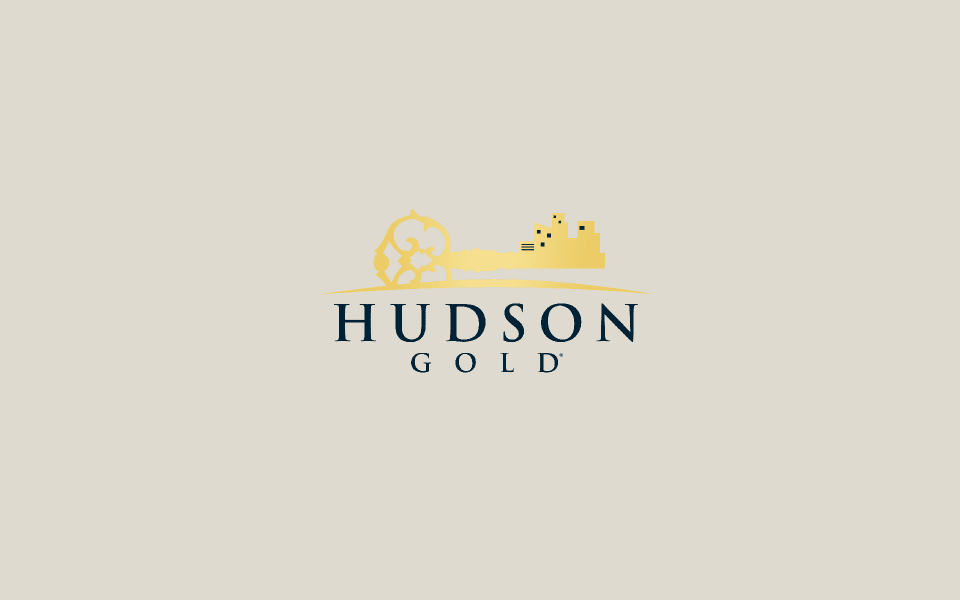

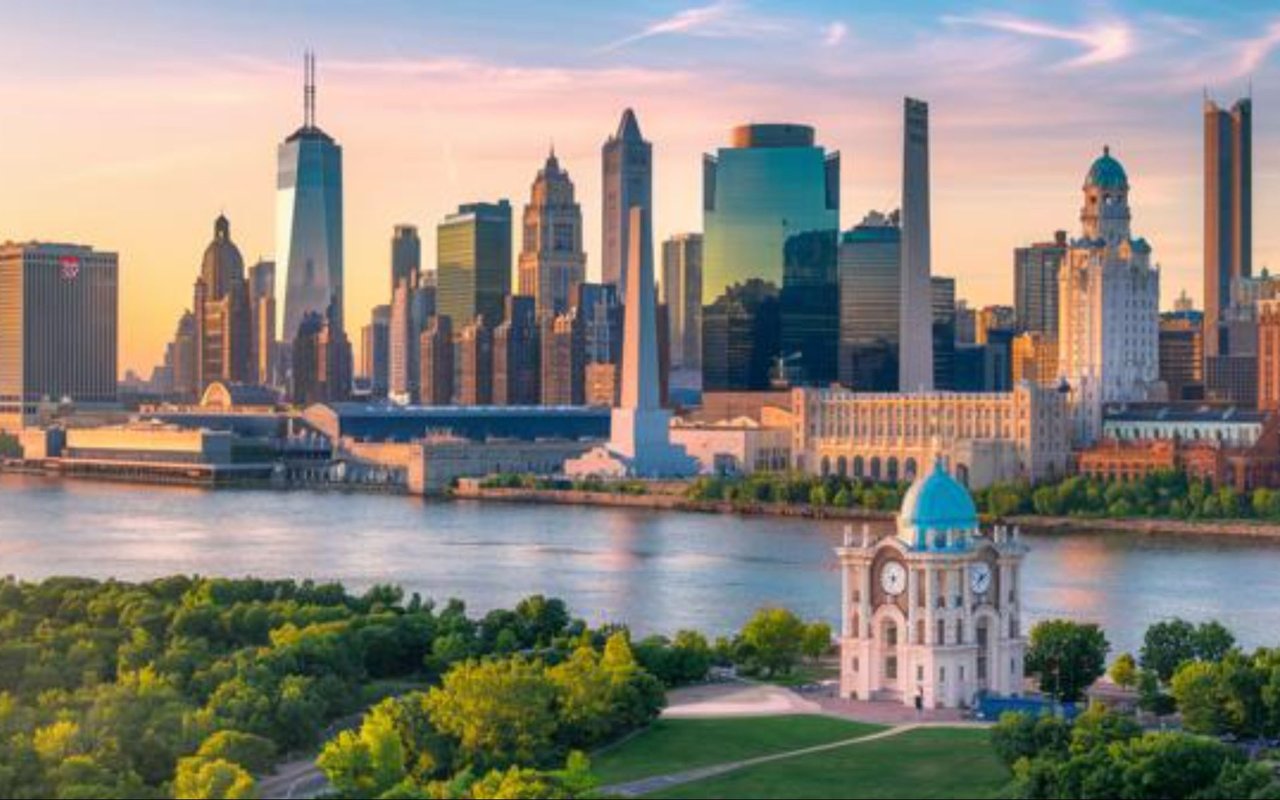

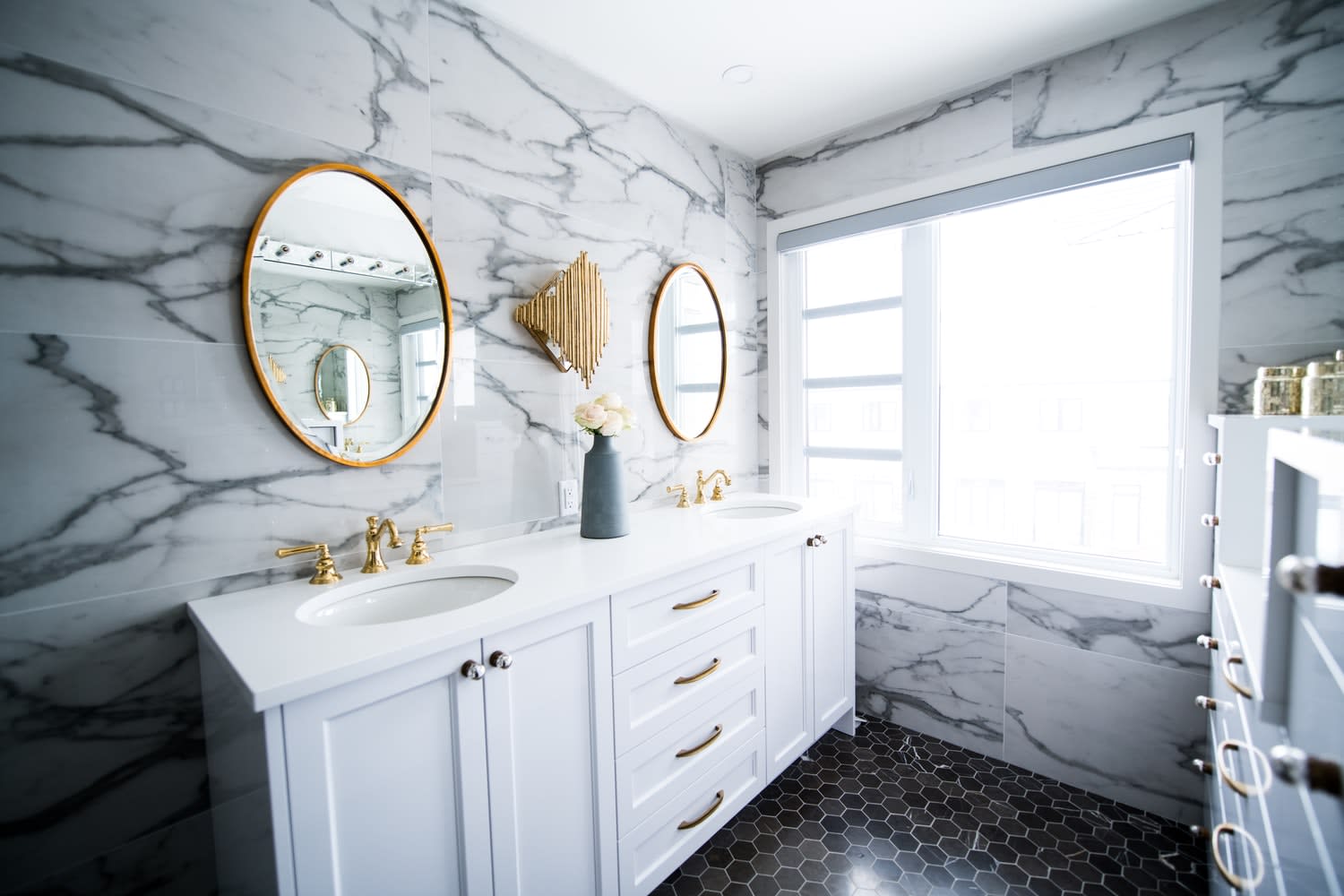
 browse the latest trends
browse the latest trends 


